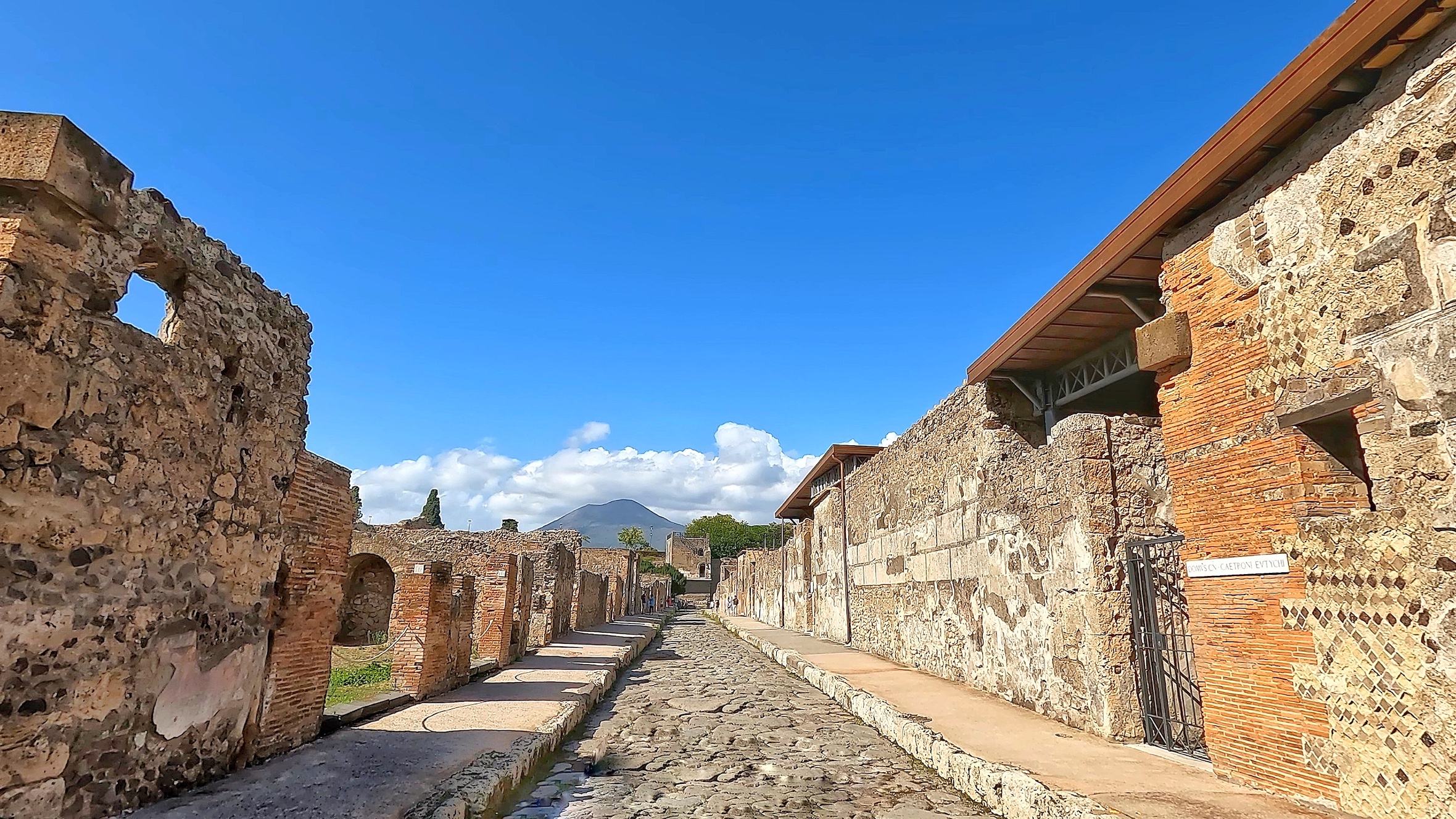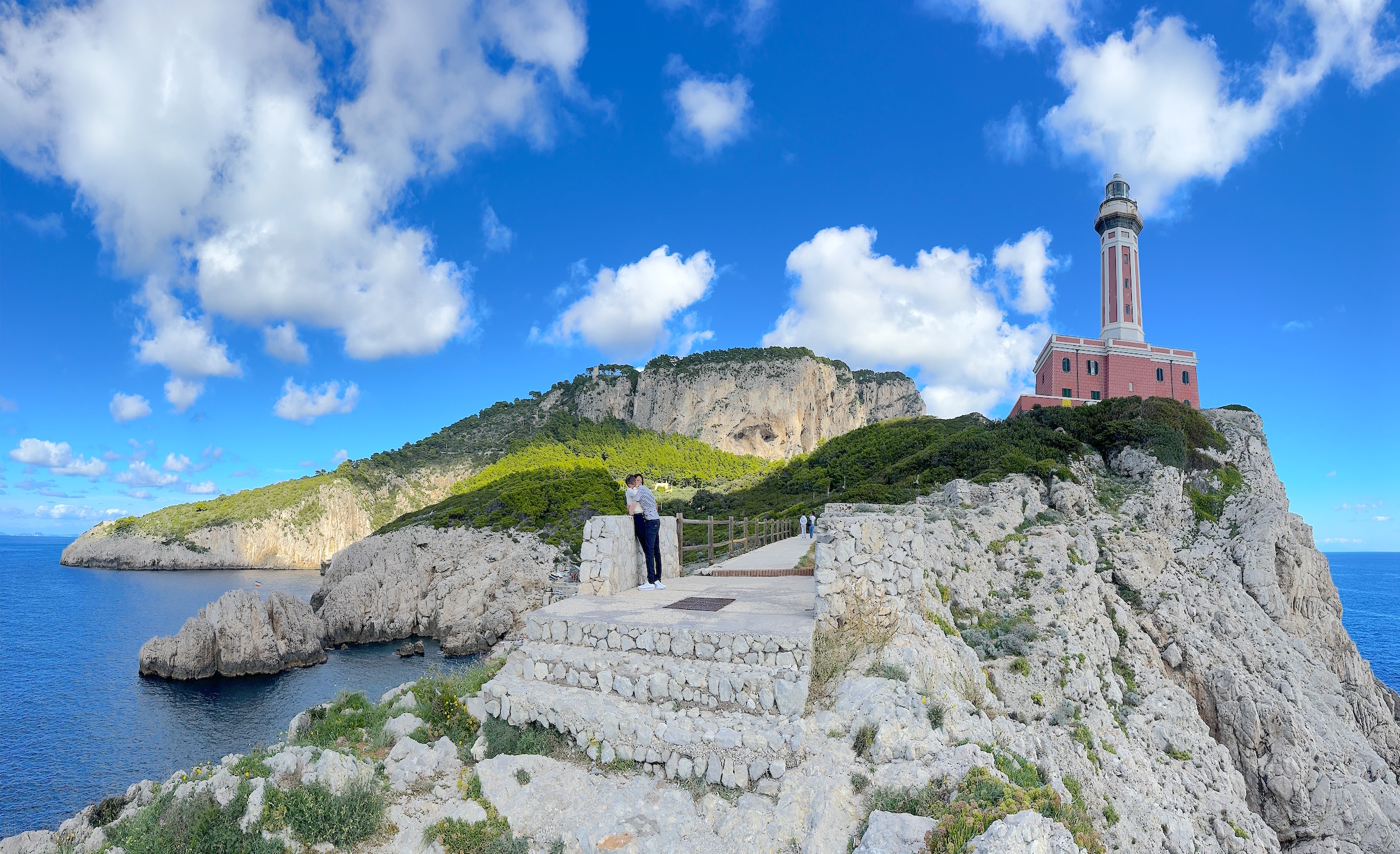Obrien’s Tower stands at the Cliffs of Moher’s highest point. It’s Ireland’s most popular and dramatic landscape, rising high above the Atlantic Ocean. The cliffs are on Ireland’s west coast in County Clare, along the Wild Atlantic Way, a rugged and majestic coastline trail and driving route.




Our visit in early June required wearing our warmest winter-like jackets and gear. The weather here can be windy, cold, and sometimes wet— Irish mist wet. I wore a hat to cover my ears, and dressed in layers, with an insulated rain jacket to stay warm from the biting wind.

A good pair of walking shoes, preferably waterproof, is a must. The ground can be unstable and slippery when wet. Walking along the edge of the cliffs is an exhilarating experience. There are eight miles of walking paths with spectacular scenery. You’ll get plenty of exercise as you go up, over, and down the various slopes and stairways. There is a photo opportunity practically every step along the way. Always have your camera ready.

The cliffs are geological wonders. They were formed more than 320 million years ago. Musicians, artists, poets and storytellers often go to the cliffs for inspiration. Several spots on the hiking trail honor local performers called buskers. They entertain visitors, often for small donations.




Stop at the Visitor Center and learn about the history of the region, the geology of the cliffs, and the wildlife that inhabit the land and ocean. There’s also a cafe, souvenir shop, and restrooms.
For a different perspective, take a boat tour from the quaint town of Doolin. Obrien’s Tower appears so much tinier looking up from the water than it does standing at the top of the cliffs.


The Cliffs of Moher, a journey of wonder, discovery, and a lifetime of memories.






